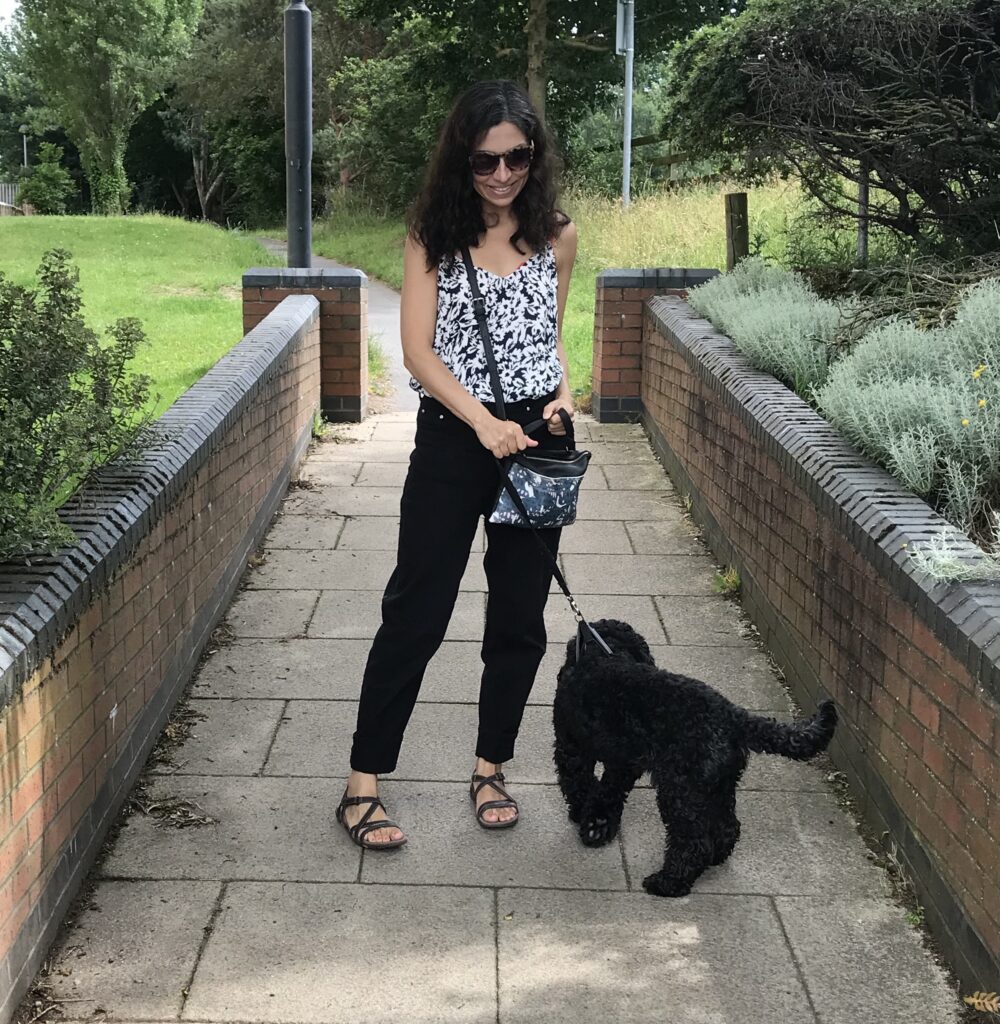Consciously taking sensory rest can be an incredibly beneficial tool, when managing fatigue.
What is sensory rest?
In modern life, we are frequently exposed to a large variety of ongoing, sensory input – think; sound, light, smell etc. Our nervous system is constantly taking in this information as a means of assessing the perceived level of safety in our environment.
The design of the nervous system is geared towards our ancestral ‘hunter gatherer’ nature, rather than the demands of the ‘information age’. Whilst incredibly intelligent, the nervous system is not designed to optimally process such persistent high levels of stimuli.
Processing this level of information is tiring to our bodies. It becomes even more so, when we are in an activated state (often known as the sympathetic nervous system or ‘fight/flight’ response)
When we are experiencing chronic stress or conditions such as ME, CFS, Fibromyalgia, Dysautonmia (and many others – this list is not conclusive) we may find ourselves experiencing ‘sensory overload’ or our symptoms may be exacerbated by sensory input.
How to take sensory rest?
Understanding the principles of sensory processing, in and off itself, can feel like a big step forward. With this awareness, we can look at new options and make different choices to reduce sensory input and give the nervous system the appropriate conditions to help calm and calibrate.
Here are some tips that I commonly share with clients around taking sensory rest. Different ones will feel suitable for where you are as an individual, so please adapt and discern what would feel most appropriate for where you currently are:
Taking solitary time to lie down in a dark, quiet room
You may wish to remove any scents (potpourri, oils, incense etc.). What temperature feels best for you? Would a blanket or face mask feel helpful or uncomfortable as tactile input?
Provided it does not feel overwhelming to you, can you close your eyes and lightly focus your awareness on how your breath feels in your body? Whenever you notice that you have become distracted, kindly and gently acknowledge this and come back to noticing the feelings of breathing. (This helps us access mental rest alongside ‘sensory downtime’)
Lighting
Dimmer lights, candles and low light lamps can prove invaluable in your home environment. Offering you a choice and range of softer light options.
I have been known to wear sunglasses inside supermarkets or other areas where I know harsh, artificial lighting may increase symptoms.
I have often picked cafes to meet friends with lighting and noise levels as my primary consideration in choosing a venue.
You may also wish to consider, if it would feel helpful to plan supermarket trips in advance (knowing exactly what is needed etc.) to reduce time in store? Or could this be done online, to reduce energy expenditure and time spent in this environment?
Devices
Can you adjust/tone down the display brightness on your devices? This is commonly done via your settings. Whilst this may look a little strange at first, I personally found that I adapted to the dimmer level of light quickly. It felt like an instant relief to my senses and made it a much easier, less activating and enjoyable process to use my phone.
Processing Information
Can you be aware of how much information you are consuming and have appropriate boundaries with this? What and how much are you; reading, watching on TV or the internet? How does social media and watching the news feel for you?
You may find certain genres of films or TV shows more draining than others e.g. tense or suspenseful movies or ones that feature lots of bright colours, lights or special effects.
Remember none of this is a judgement, try to notice your habits and how they impact you. It can be helpful to remember that your tolerance levels will likely change over time. If you find that activities you once really enjoyed are now causing discomfort, it can be helpful to remind yourself that this may not be ‘forever’. It is where you are at present and things often change over time.
You may need to experiment with different baselines and set specific time limits for how much information you consume as you begin this process.
Time in Nature
The natural world is a great soother. Our bodies begin to regulate in sync with the rhythms of the natural world. Fresh air and taking time to notice the beauty of our surroundings promotes mindfulness and can help provide a shift in perception.
If walking is not available to you, you may wish to sit in your garden or take a moment to look at the skyline through a window. Having plants in your home can offer benefits.
If walking in nature is accessible, take care not to ‘over-do’ physical activity. Gradual build up is best. You may find that you can gently increase the duration of your walks over time, checking in with your overall energy levels and activity baselines.
These ideas are very much a starter for ten. It is always helpful to think of techniques that will work for you and your individual circumstances.
As part of 1:1 Embodied Coaching sessions, we can explore how different types of rest can support you in your journey. Everything is tailored to you and your unique circumstances.
Do get in touch if you would like to book a complimentary/no pressure chat to see if working together is the right fit.
